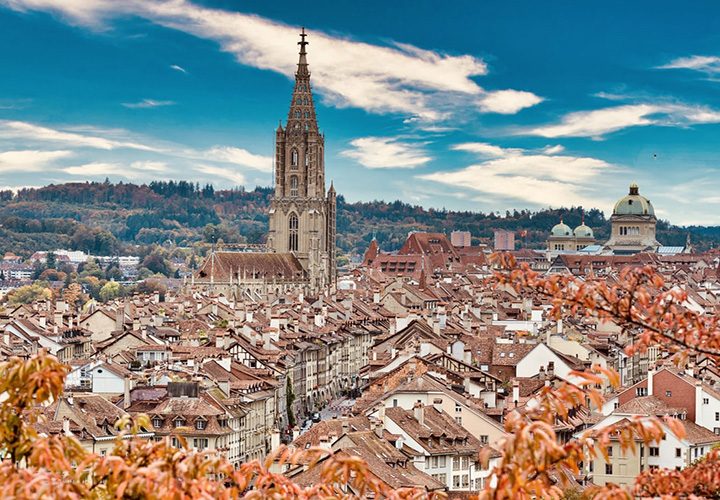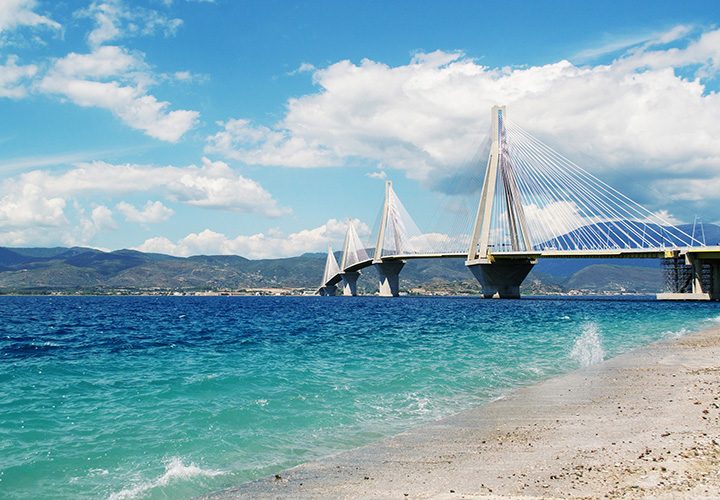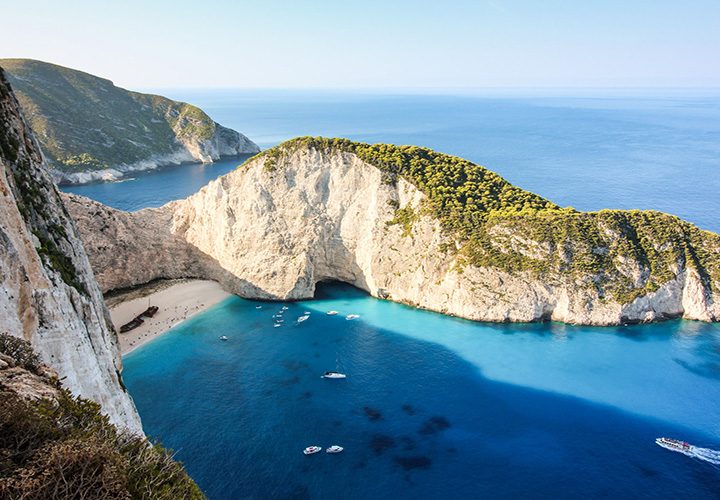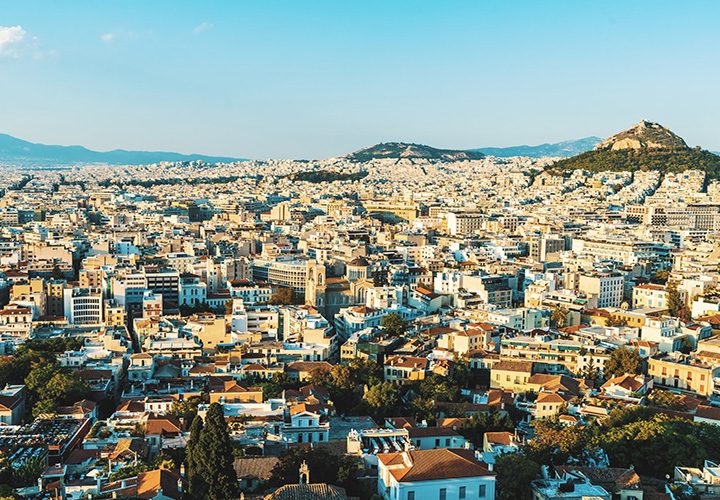Lisbon
Lisbon is the capital city and also the largest city in Portugal. The city contains a mix of different architectures, including Gothic, Roman and Baroque. Lisbon has a very prominent art culture and is home to several establishes museums, including The National Museum of Ancient Art, which houses one of the biggest art collections in the world.
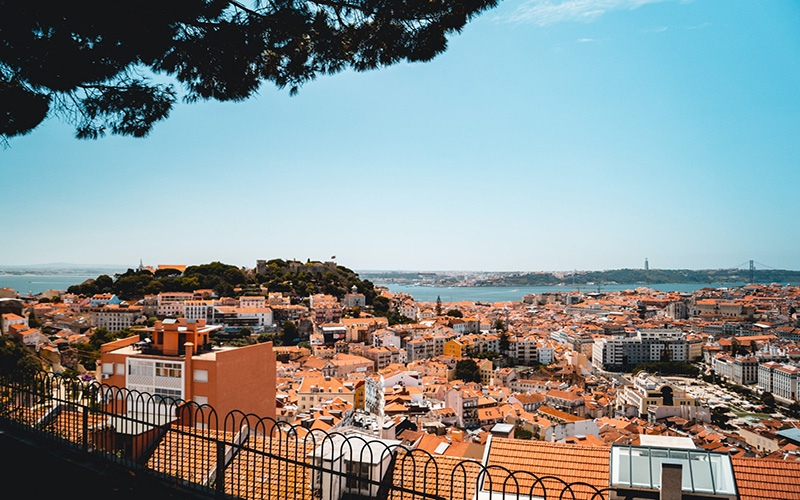
Details
Before visiting any town or city make sure you know the basics. General details and important information.
- Emergency Services: 112
- Language: Portuguese
- Currency: Euro
- Country Code: PRT
- Travel Visa: None required
- Population: 2,974,647
Risk Level
Researching various official sources, we perceive the risk to holiday makers and travellers are as follows;
Travellers Tips
Top travel advice and interesting tip bits of information from experienced travellers.
Emergencies
For the Emergency services just dial 112 from any phone.
Hospitals in Lisbon
Tourist Offices
Travelling Around
Airports
Train Stations
Lisbon Safety
Where can I keep up with local news?
What are some common crimes that can be found here?
Beware of pickpockets as they tend to operate in tourist areas, keep your belongings secure at all times and be careful if strangers try to make conversation or distract you as it could be an attempt to steal your valuables.
Credit card fraud, cloning cards can be an issue be careful where you use your cards. Also if you are withdrawing money from cash machines make sure you cover your pin and be discreet about the amount of cash you withdraw.
Some areas on the outskirts of Lisbon are becoming more dangerous, but it is unlikely the average tourist will visit these areas. The most common crime against tourists is pickpocketing and theft from rental cars or on public transport.
Are there any areas that I should avoid?
Some areas are best avoided late at night because of the risk of mugging: Bairro Alto, the alleys, Intendente, Cais do Sodre. Some night clubs in Lisbon have a poor reputation.
Violent and/or drug related crimes are known to take place in areas such as Bairro Alto and Santos, especially at night. Chances are you’ll be approached at least a few times by certain types offering ‘hash’ or ‘chocolate’.
Improve Your Personal Safety
Knowledge – the more you have the better equipped you are.
Awareness – the more you see the safer you become.
Response – the right reaction can change a situation.
Local Traditions
Every culture has its customs and traditions, they have been handed down the generations and are always held in high regards by the local residents.
Annual Ceremonies
Easter Celebrations
This Holy Week celebrations happens in Óbidos on every April since the 17th century. It’s held from Good Friday to Easter Sunday with religious ceremonies include traditional re-enactments, Masses and torchlight processions. This event attracts thousands of visitors and devotees every year.
New Year’s Concert
New Year’s Concert is hosted every year on 1 January like in many capital cities around the world, with a grand concert. It is held at the CCB (Centro Cultural de Belém) on the evening featuring the prestigious Lisbon Metropolitan Orchestra.
Annual Events
Annual events allow a city come together for some amazing experiences. If visiting at this time, make sure you have your accommodation booked and are always aware of your surroundings when travelling around.
Lisbon Events
Lisbon Carnival is celebrated each year in February. Excited partygoers fill the streets of Lisbon during the Carnival season and its celebrated with a number of free events across the city. Carnival Parade is the highlight featuring dazzling costumes, samba bands and floats on show in downtown Lisbon. Many people dress up in colorful costumes and hit the bars and streets to enjoy the samba music.
Moda Lisboa (Lisbon Fashion Week) happens twice a year (during March and October) every year. It’s a fashion event in Lisbon which offers local designers to showcase their latest collections. in Pátio da Galé, well-known and emerging designers present inspiring new designs and fashion-forward collections for the coming seasons, with a distinct crescendo in quality and glamour every year.
Happening every year on 29 March to 1 April, The Vodafone Rally de Portugal is a popular 3-day rally car event. It is a part of the FIA World Rally Championships. The rally begins at the Praça do Império in Lisbon and then heads south to the Algarve and includes three night stages. Spectators can have exclusive access to see the best of the action by buying Rally Pass.
Lisbon Highlights
What are some of the best museums in Lisbon?
Ancient Art Museum is located in the district of Lapa which can be accessed by Tram 25. It contains 14th to 20th century European works by artists such as Bosch, Dürer, and Raphael. “Veneration of St. Vincent,” the Portuguese painting is displayed here which is regarded as an important historical document. There are also 16th century Japanese screens showing the Portuguese arriving in Japan; Japanese’s first contact with. Other displays represent Portugal’s links with Africa, India, China and Japan.
Archaeology Museum is located in the west wing of Jeronimos Monastry. It includes Iron Age and Visigothic jewelry, Roman ornaments and mosaics, early 8th century Moorish artefacts, and a Greco-Roman and Egyptian section strong on funerary art. There is also a collection of archaic gold work from excavation sites throughout Portugal featuring some magnificently worked bracelets, Celtic earrings, and rings. There are also regular temporary exhibitions with important artefacts from Portugal and around the world.
Maritime Museum exhibits Portugal’s domination of the seas. There are over 17,000 items including model ships from the Age of Discovery onward, the world’s largest collection of astrolabes, and replicas of 16th century maps showing the world as it was known then. A wooden figure representing the Archangel Raphael that accompanied Vasco da Gama on his voyage to India is the oldest exhibit here.
What are some places worth visiting?
Belem Tower was built in 1515 as a fortress to guard the entrance to Lisbon’s harbor and it was the last sight of their homeland for the sailors. UNESCO has listed it as a World Heritage monument serving as a symbol of the country. Entry fee is €5.
Coaches Museum is one of Lisbon’s most visited sights. The museum is a richly decorated 18th century royal riding school building that is part of Belem Palace. This building illustrates the ostentation and staggering wealth of the old Portuguese elite. All the coach displayed is more magnificent than the other, showing how coach-makers went to extraordinary lengths to make their vehicles stand out.
Saint George’s Castle can be seen from almost everywhere in the city. Its oldest parts date from the 6th century. Most of the castle was destroyed over many years, especially in the Great Earthquake of 1755, but still includes a long extension of walls and 18 towers. Visitors can climb the towers and walk along the ramparts for the most breathtaking views of Lisbon or relax in the gardens where peacocks, geese and ducks strut around.


